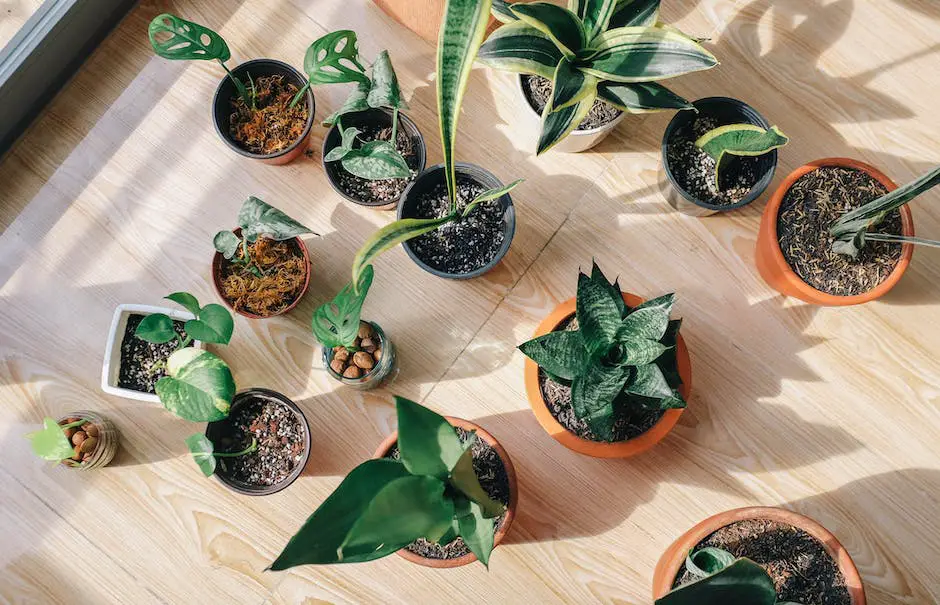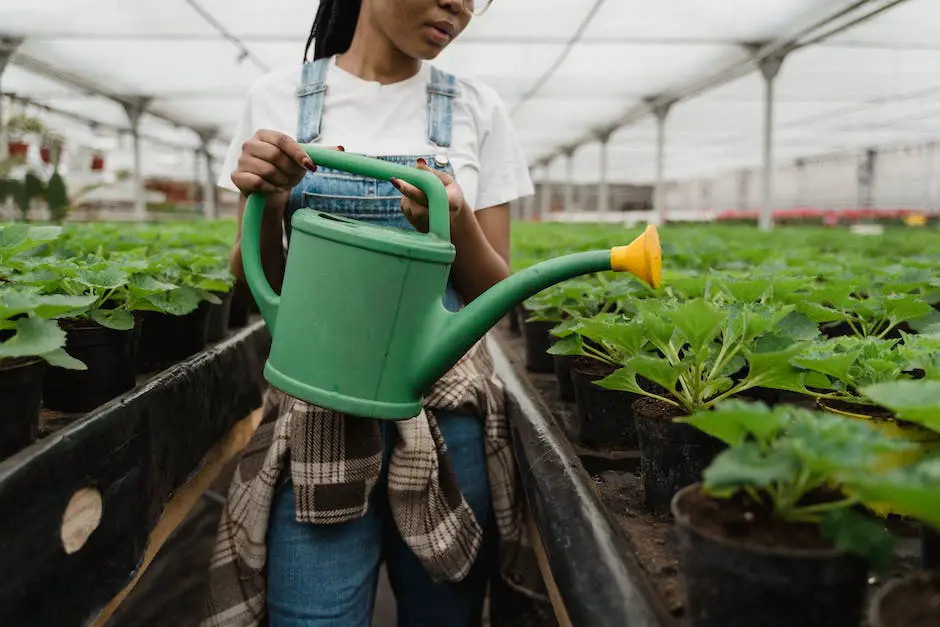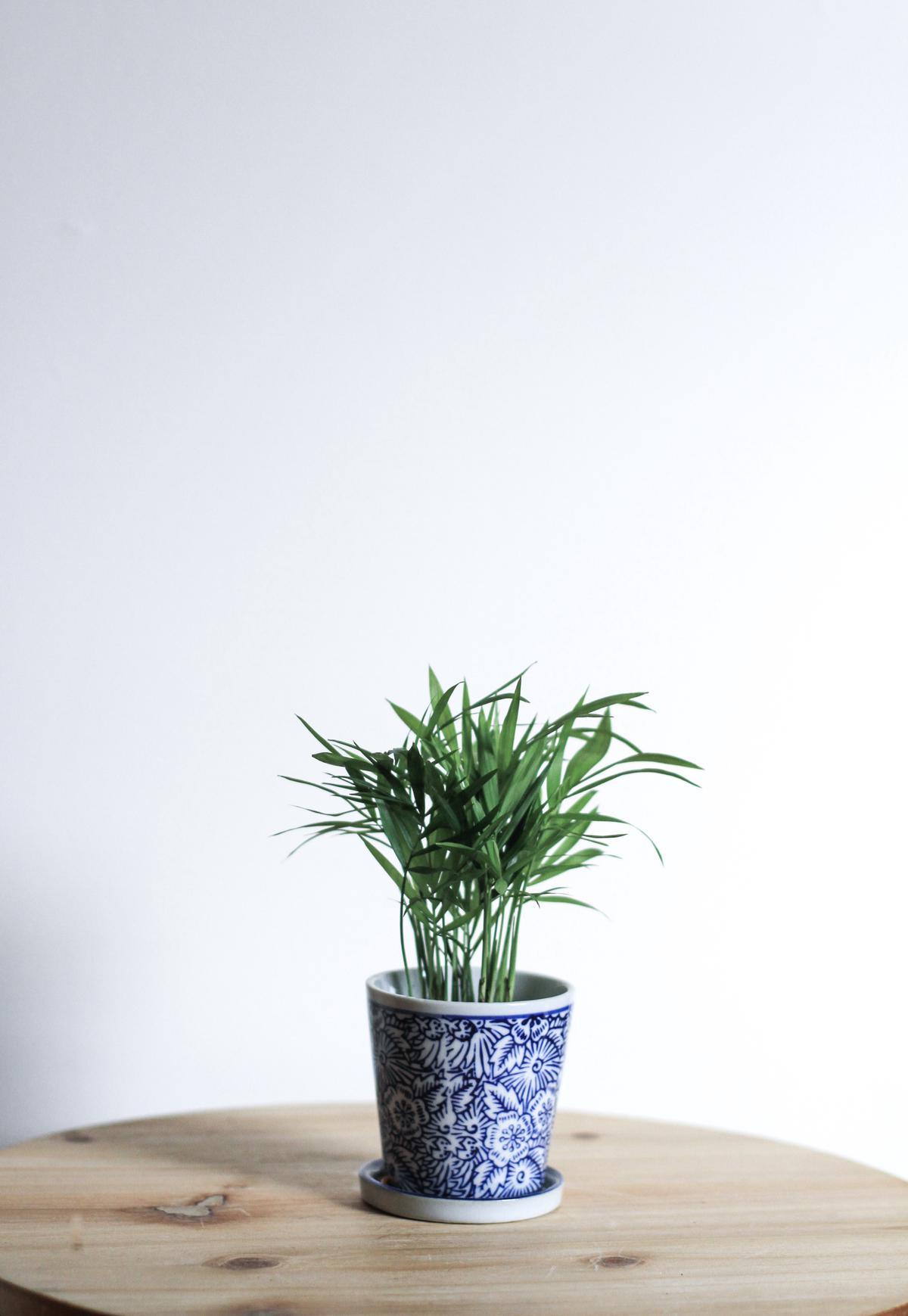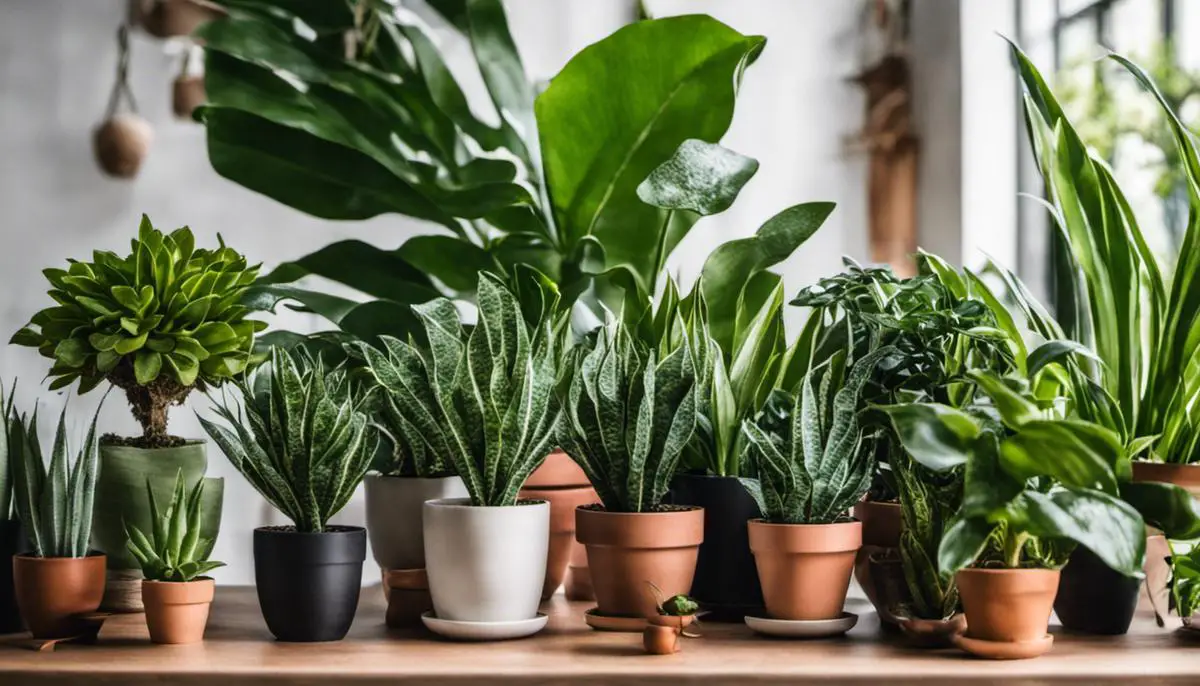Plants inject a dash of life and colour into our homes, but maintaining them can often prove a troublesome task for many, especially those less blessed with so-called green fingers. Fear not, for there are certain robust houseplants that demand less maintenance, providing a beautiful natural environment without the extra hassle. In this exploration, we touch on the key considerations for choosing resilient plants such as the Snake plant (Mother-in-law’s tongue), ZZ plant, Spider plant, and Pothos among others. Furthermore, we delve into core plant care essentials to ensure these hardy specimens receive the right amount of water and light to thrive. Lastly, we address common plant problems and how to pre-empt them, thus adding an extra layer of protection to your indoor verdant companions.
Choosing the Right Plant
Hardy Houseplants: The Unkillable Green Companions
For the love of all things green and growing, there’s an undeniable sense of joy that comes with nurturing a living thing. But let’s be honest, sometimes it can be a touch tricky, particularly for those who are prone to unintentionally sending their leafy pals to the great garden in the sky. Fear not, it’s time to cultivate a green thumb with a collection of hardy houseplants that are quite difficult to kill.
Leading this cast of resilient stars is the Sansevieria Trifasciata, more commonly known as the Snake Plant. This cheerful houseguest thrives even in the darkest of corners, requiring only moderate watering. An added bonus – it’s excellent at removing toxins from the air, making it a functional choice too.
Aloe Vera, distinguished for its medicinal benefits and unique appearance, is another easy-care plant that prospers indoors. This practical perennial adores bright but indirect sunlight and can bounce back from all but the most severe watering mishaps. In fact, it’s quite fond of dry soil, so there’s no need to worry about a sparse watering routine.
For those in search of an air purification champion, Spider Plants (Chlorophytum Comosum) should be the go-to. They’re tough enough to survive in most conditions, craving only indirect light and a weekly watering. Their long, droopy leaves make them an attractive hanging plant, simultaneously beautifying your abode and keeping it fresh.
The ZZ Plant (Zamioculcas zamiifolia) is known for its patience. It will dutifully wait under low light conditions and is forgiving when it comes to inconsistent watering. Its glossy leaves add an aesthetic appeal to any room, making it both beautiful and easy to look after.
Then there’s the Pothos (Epipremnum aureum), easy to propagate and robust enough to withstand more than a few forgetful waterings. It enjoys a variety of light conditions and graces living spaces with extravagant trails of heart-shaped leaves.
Finally, there’s the Cactaceae family, the cool and prickly cacti, championing the art of thriving with little attention. They’re designed for desert conditions, meaning they’re equipped to survive long periods without water and prefer indirect light.
These hardy houseplants prove that maintaining a green and lush indoor ecosystem isn’t reserved for expert gardeners. With easy maintenance and a myriad of benefits, there’s no excuse for not inviting these resilient houseplants to share your living space. Believe it or not, cultivating plant care can be pretty straightforward! Let’s keep the spirit of plant parenthood thriving, one houseplant at a time.

Plant Care Basics
Nurturing Your Indoor Eden: Comprehensive Plant Care Techniques
One of the most gratifying hobbies to develop is nurturing indoor plants. Gazing at a leafy oasis created by our own hands can be a source of immense achievement and joy. However, understanding and implementing essential care techniques is paramount, in ensuring these beautiful additions to our indoor environment flourish.
Moving on from the easy-to-care-for specimens like the ZZ plant and the resilient Sansevieria Trifasciata among others, let’s dive into other alluring flora and the basic care regime required to keep them thriving.
Ficus Family (Fig Plants)
Ficus plants are quite popular and come in a wide range of diversities- variegated, dwarf, trailing and more. These exotic species prefer bright, indirect light. Water them only when the top inch of their soil has dried out. Overwatering is a common misstep with ficus plants; we must ensure we keep them in a well-draining potting mix to avoid soggy roots.
Orchidaceae Family (Orchids)
A beauty to behold and a joy to nurture, Orchids! They demand a bit more attention but return the favour with spectacular blooms. These tropical plants prefer high humidity levels, so consider placing their pots over a tray of pebbles filled with water. They require bright but indirect sunlight and a thorough watering session once a week should suffice.
Dracaena Family
Dracaenas are another advantageous selection for indoor plant hobbyists, being available in stunning leaf patterns and sizes. Bright indirect light works best, however, they can adapt to lower light conditions too. Like most indoor plants, it’s better to err on the side of underwatering. Wait until the top half of the soil is dry before offering another drink.
Philodendron Family
Lastly, we have the exotic Philodendrons, presenting a variety from trailing vines to upright types. Philodendrons thrive in medium to bright indirect light but can tolerate low indirect light too. Watering should be done when the top inch of soil is dry, ensuring excess water drains out completely to avoid root rot.
Besides these specifics, there are a few general factors vital in keeping your plants robust. Ensure adequate ventilation for your green companions, a stuffy room can hinder their growth. Regular misting is another effective way to simulate their natural habitat and raise the humidity levels.
Also, getting to know your plant is quintessential. Look out for signs of distress such as yellow leaves or a sudden leaf drop. Each plant has its unique language and showing a bit of dedication to decipher it can lead to long term plant parenting success.
Indoor plant care may seem complex, but incorporating these techniques into your plant care routine will cultivate a thriving indoor jungle. Plus, the joy derived from seeing a fresh new leaf unfurl is truly unmatched! From ficus to philodendron, every plant has an idiosyncratic set of needs. Being attentive to these will help to create a luscious green retreat right in the comfort of your own habitat.

Addressing Common Plant Problems
Tending to your plants properly is paramount to enhancing not just their longevity, but the overall aesthetics of your living space! Delving into further details, we’ll be focusing on the common plant problems and their resolutions, specifically in the context of the Ficus, Orchidaceae, Dracaena and Philodendron families. We will also be looking at key factors such as ventilation and misting, signs of plant distress, the significance of a plant care routine, and highlighting the exhilaration of nurturing indoor plants.
The Ficus or Fig Plants are highly coveted for their beautiful foliage and hardy nature. However, they’re typically susceptible to leaf drop. This can be triggered by a sudden change in environmental conditions. Ficus plants, like many others, crave stability. To tackle leaf drop, try to keep them in consistent conditions – don’t fluctuate between dark and bright spots or between humid and dry air.
Orchids, belonging to the Orchidaceae family, are an absolute joy with their exotic blooms, yet they can sometimes be challenging for hobbyists. Their biggest nemesis? Root rot, often caused by overwatering. Orchids do not demand a daily watering schedule. Instead, ensuring the potting medium is almost dry before the next watering is the key. Also, always remember to use pots with adequate drainage to minimise water pooling.
Moving on, the Dracaena family is a beloved choice for those new to the hobby due to their great resilience and varied leaf patterns. Despite their hardiness, they do not do well in low lighting conditions. Brown leaf tips indicate inadequate light supply. If spotted, shifting them to a brighter spot, but avoiding direct sunlight will help the leaf tips regain their natural colour.
The Philodendron family, renowned for their lush, tropical appeal, can sometimes suffer from yellow leaves, generally a sign of excessive water. If detected, its recommended watering routines be revisited, with intervals increased.
Understanding signs of distress in plants is fundamental in solves these common issues. Plants, being living organisms like us, do show signs of discomfort and having that keen eye for such changes can make all the difference.
Plant care isn’t just about resolving problems, but proactive prevention. Proper ventilation is vital for plant health, preventing the build-up of pathogens in the surrounding air. Misting, on the other hand, helps increase humidity – something many indoor plants thrive on. However, balance is vital, as excessive humidity can promote fungal growth.
Remember, plant care is not a chore, but a relationship with nature. It’s a journey and a lifestyle! And like all relationships, it requires time, patience, and understanding. The joy derived from nurturing indoor plants, seeing them bloom, and thrive, truly is a rewarding experience that cannot be substituted! So let’s get those green thumbs busy and make our homes a splash of green beauty.

Equipped with this new found knowledge on the resilient nature of certain plants, and enlightened on plant care basics and common plant issues, you are now ready to cultivate a thriving indoor forest. Remember, the right plant choice is merely the starting point on your journey to being a better plant parent. Beyond that, it’s about regular care, keen observation and prompt troubleshooting of any issues that may arise. Let this guide inspire confidence in you to maintain a beautiful and healthy indoor garden. Not only will your home-space blossom with life, but so too will your green fingers.
